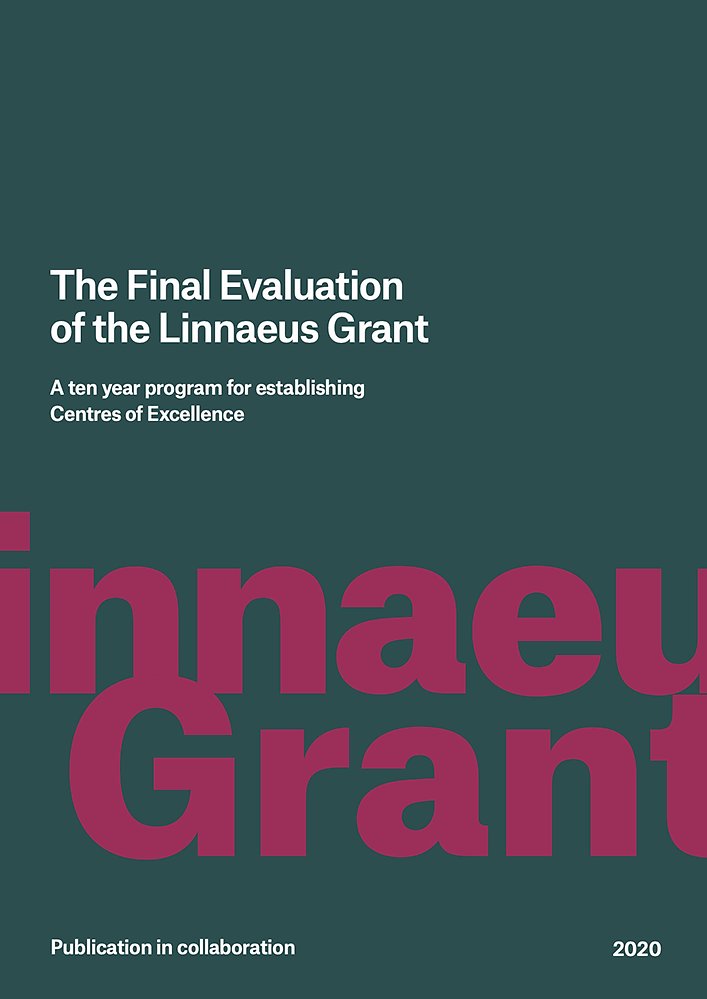The Final Evaluation of the Linnaeus Grant – A ten year program for establishing Centres of Excellence
The Linnaeus grants were presented as a new grant format in the Swedish Government’s research policy bill 2004/05. The aim of the grant was to strengthen the ability of Swedish higher education institutions to prioritise and profile Swedish research to be internationally competitive at the forefront by building strong research environments. In total, the Swedish Research Council and Formas have financed 40 environments. Each environment has received between 5–10 million SEK per year for 10 years.
This report presents the final evaluation of the Linnaeus grant. Did the Linnaeus grants produce the desired effect? What have they meant for Swedish research?
MORE WITHIN THE SAME SUBJECT AREA
-
News |
Published 9 April 2024
More dialogue is needed between the research community and decision-makers to ensure decisions made are based on scientific knowledge. A new report from Science Europe has proposals for how this dialogue can be improved.
-
News |
Published 1 February 2024
The Swedish Research Council rejects the proposal for three new public agencies in our response to the consultation document proposing a new public agency structure for funding research and innovation. We consider that the proposal has too narrow a s...
-
News |
Published 19 December 2023
The Swedish Research Council and Forte have mapped research in women’s health and diseases. The result is presented in a new report. The report points out knowledge needs linked to women’s health and diseases, and what research initiatives are needed...




